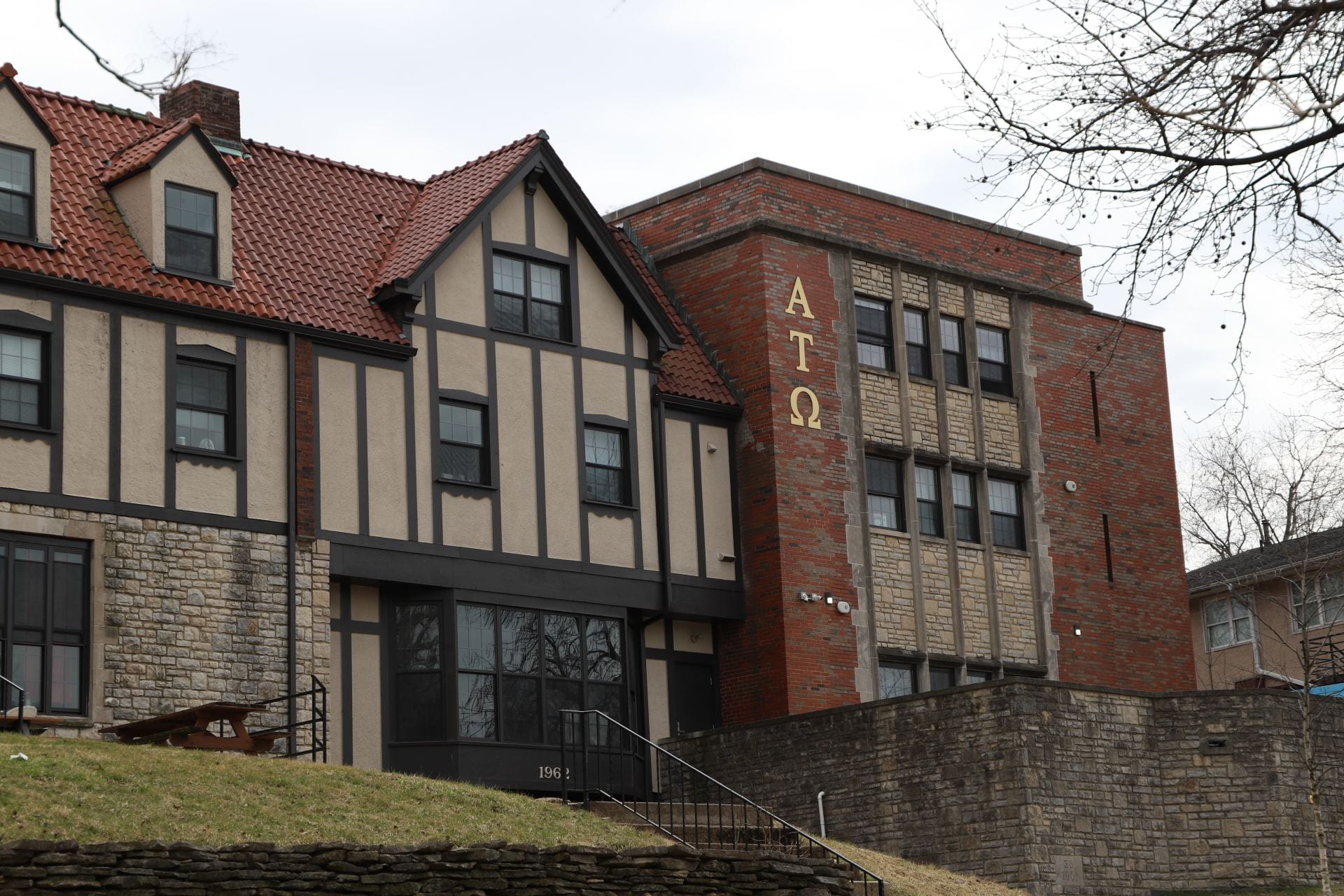The Ohio State University Child Care Program will expand from a single to a multi-site organization with the opening of the $5.2 million Buckeye Village Family Community Center in January, 2005.
Located only a few minutes from the existing Child Care Center on Ackerman Road, the satellite location will increase the number of full-time infant, toddler, and preschool spaces by 115, a step up from the current 324. The new center will have 64 new spaces for infants and toddlers, and 51 for preschoolers.
“The satellite site is expected to reduce the wait for child care which is currently 12-18 months, but the demand will still exceed capacity,” said Jean Dodson, interim program director for the center.
The Ackerman Road location accommodates 320 children: 60 infants, 120 toddlers, 116 preschoolers, 24 kindergartners and 50 summer-school-aged children.
Dodson said that the main goal of the Buckeye Village project is to create opportunities for building a sense of community among children. She said the community center will house the administrative offices of Buckeye Village, and the design concept for the interior of the building will resemble a neighborhood where there are gathering spaces and visual connections.
“Children are cared for and learn in the security of their classrooms but are not isolated from the activity surrounding Buckeye Village, such as residents doing laundry, strolling with their children or gathering for a community activity,” she said.
The Buckeye Village project includes one two-story building of about 20,000 square feet, 11,500 of which will be dedicated to the child care center facility. The remaining space will house the Buckeye Village administration offices and community center.
Other amenities such as an auxiliary parking lot, computer rooms, fitness room and music and recreation spaces will be added along with the new classroom space.
Dodson said the educational design for the location is based on recent research and practices in child development.
“A continuity of care-model will be used for children under three, which will allow them to stay with the same children and staff until they move on to preschool,” Dodson said. “An additional art studio will promote in-depth, hands-on learning practices, with small groups of children being able to work closely with their teachers to explore different topics over extended periods of time.”
Five university departments, consisting of the Child Care Center in the Office of Human Resources, the School of Architecture, the School of Social Work, the Department of Housing and Resident Education, and the ACCESS Program in the Office of Minority Affairs, came together to create the satellite center.
“It’s a collaboration between the Child Care Center and Buckeye Village community that’s going to compliment a lot of things that exist on that part of campus,” said Steve Kramer, vice president for student affairs. “It was collaboratively designed and imagined, and will be collaboratively used.”
According to the human resources Web site, the existing child care center began with a pilot program created in 1972, with 85 children being cared for in a church on Summit Street. The center expanded to 138 children in 1975, and to 190 by 1980. In 1985, the university administration decided to build a child care center with the capacity to care for 300 children, enrolling its first child in 1987.
Currently, the OSU Child Care Center is one of only seven percent of early childhood programs nationwide that is accredited by the National Association for the Education of Young Children.
According to the National Association for the Education of Young Children, to become an accredited early-childhood program the care center had to voluntarily enter an extensive self-study based on the Academy’s criteria for high quality early childhood programs. The accuracy of this self-study was then checked during a site visit by childhood education professionals, after which the results were reviewed by a national commission of recognized experts in child care and early childhood education. The center was then judged to be in sync with the Academy’s Criteria, and granted accreditation for a five-year period.
The association says a high-quality early childhood program provides a safe and nurturing environment while promoting the physical, social, emotional, and intellectual development of young children. In accredited programs, parents are said to notice warm interactions among teachers and children, planned learning activities, specially trained teacher and doctors, respect for cultural diversity, nutritious meals, and effective administration among other noticeable differences.


